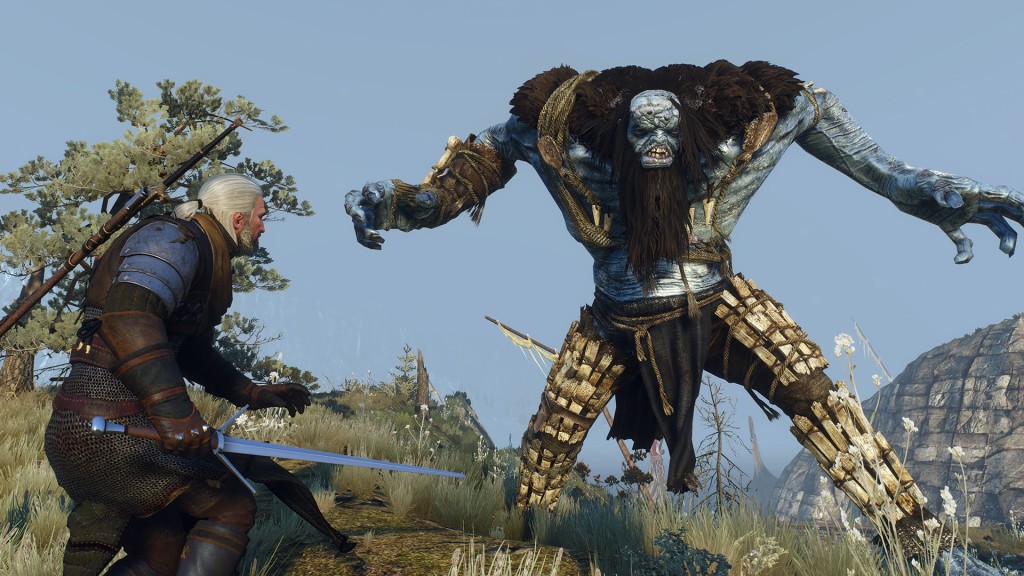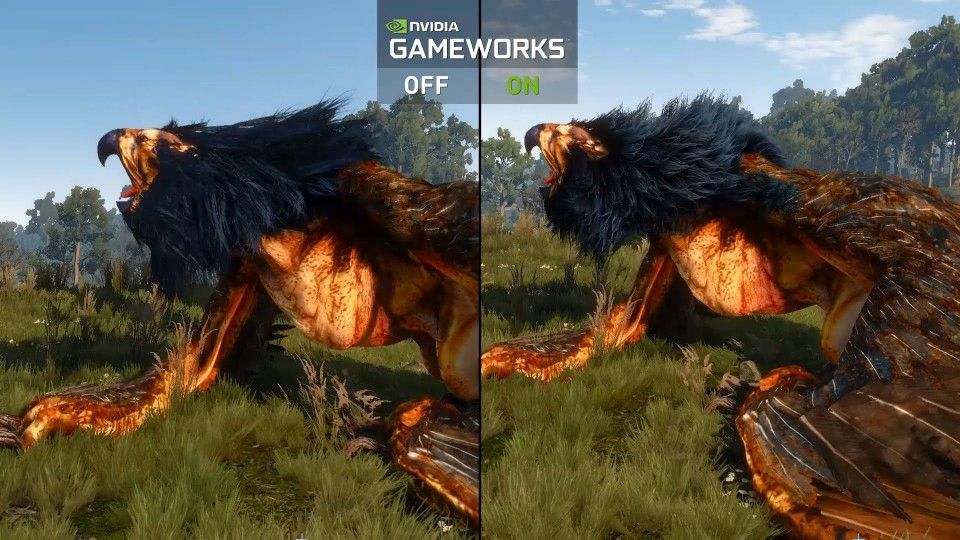How does marketing influence product development in the games industry? Sometimes, it’s more direct than you might think, and what Nvidia is doing with its GameWorks program is an interesting example. Nvidia had a large booth at the Game Developers Conference (GDC), where the company was busy demonstrating the latest graphics hardware and showing Nvidia’s devotion to virtual reality (VR) with some fascinating demos.
One thing is clear about VR: It’s a very welcome shot in the arm to computer and (especially) graphics cards manufacturers because it will happily chew up all the horsepower you care to throw at it and look for more. A hot new technology that begs for the latest video cards is clearly something both AMD and Nvidia should fully support, so it’s no surprise that both companies are backing it heavily.
The VR demo room at Nvidia’s booth showed perhaps the most impressive VR game demo at the show, with an HTC Vive rig showcasing the Star Wars: Trials on Tatooine demo put together by ILMxLAB, a division of LucasFilm. The demo was driven by multiple Nvidia GPUs, and was stunningly real—like living in the movie, where you wielded a lightsaber to bounce blaster bolts back at Imperial stormtroopers.
As impressive as it was, that demo just hinted at the efforts that Nvidia is making to push its business forward. Marketing is usually seen as the part of the company that is responsible for creating demand for products and services. That’s true enough, but what happens when marketing sees something in the marketplace that affects the saleability of products? Then it’s marketing’s responsibility to bring that information back to product development, which then can use that information to create more effective products.
In a sense, this is what Nvidia’s GameWorks program is all about: helping Nvidia by helping game developers. Nvidia’s senior director of GameWorks, Rev Lebaredian, explained it this way: “We’ve always had good relationships with game developers. But no matter how good our hardware is, if there’s no software that takes advantage of it, it’s all for naught. We’ve always had a group of engineers who work with developers to make games more beautiful and realistic. A lot of that work would be put out at Siggraph and GDC, and then we’d put out code samples. We realized that was not sufficient enough to gain adoption of those technologies. We could make a demo but then it would be years before you could see that in a game.”
Nvidia was seeing that while game developers responded well to each new generation of GPUs, it could take time for those GPUs to gain sufficient market share to motivate developers to support the hardware. Without games that take advantage of the new graphics cards features, there’s a lot less motivation for players to buy them. It’s a classic chicken-and-egg problem, and Nvidia needed a solution. “When we release new hardware, like the current 980-970 generation, or the next generation Pascal architecture coming up, each new architecture costs us a billion dollars to develop,” said Lebaredian. “The installed base is zero on release day. If you’re a developer it doesn’t make sense to put time in on such a small installed base.”
The answer was found in the GameWorks program. “We’re willing to take on the burden of developing those technologies so it’s easy for developers to take advantage of them,” Lebaredian explained. “We’ll go to the developers and help them. We have 300 engineers who will go to game developers and work with them on site. ”
The engineers Nvidia sends out are embedded with product teams at major developers, helping them implement functions so that the newest games support the latest hardware. This translates into better sales for Nvidia from the day-one release of new video cards. Not incidentally, the game developers get a marketing boost as well, with prime features that can be called out in reviews, advertising and social media to show how cutting-edge a new game is.
Developing the next generation of graphics hardware requires Nvidia to look into the future of game design. “Our architecture group always has this problem when they’re starting on a new architecture: There’s a whole bunch of features they could put into this new hardware, but what will game developers use? We’re essentially making bets on where we allocate our transistor budget and our research and development time. We have to predict what future games will look like, what kinds of features they will have. Our group starts designing software and effects for future games early on in the GPU development process.”
Virtual reality is an extension of this problem. “The real engine that’s powering VR is our GPUs. You need to create the pixels, and it’s all about the hardware and the software stack that creates the experience,” said Lebaredian. “If you just look at taking today’s games and putting it on VR, you need about four or five times more horsepower to do the same quality.
“GameWorks encompasses all of the libraries for our gaming technologies, as well as the performance tools, and it includes all of the engineers that work directly on our games,” Lebaredian noted. That’s some 300 engineers working with 175,000 registered developers, according to Nvidia. “This past year has been a really good one for GameWorks. The top games of the year all had GameWorks technology in them: Fallout 4, Grand Theft Auto V, The Witcher 3—all huge games.”

At GDC, Nvidia introduced five new technologies for game developers, which were showcased in games like Fallout 4, Rise of the Tomb Raider and The Division. These technologies, incorporated into top games through Nvidia’s GameWorks program, have a huge marketing impact. Buyers of the latest games are people likely to be interested in a new graphics card, after all. Nvidia’s investment in GameWorks may look like a product development effort, but it owes a lot to marketing, and does a lot for marketing.
Marketers need to understand that in a fast-moving industry like the games business, marketing needs to both disseminate information and to bring back information from the market. Ultimately, marketing is the liaison between the audience and the company, and it should be responsible for the information flow in both directions.

